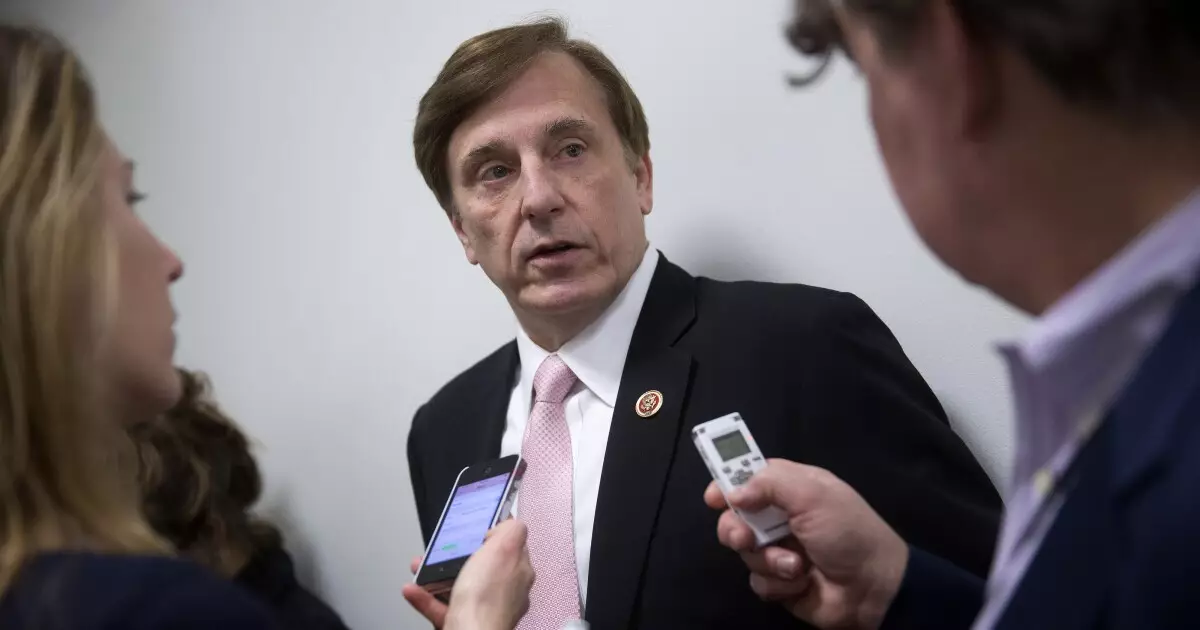Why Louisiana’s $1.03 Billion Health Care Bond Is a Double-Edged Sword

The Louisiana State Bond Commission’s recent approval of a staggering $1.03 billion health care bond is a significant financial maneuver, but it paints a complex picture of priorities and implications for the state’s fiscal future. This funding, ostensibly aimed at upgrading and expanding key health care facilities, raises questions about whether such an investment genuinely aligns with the state’s long-term interests. While the focus on health care is commendable, the manner in which these funds are allocated merits a deeper, critical analysis.
The bond will predominantly support the Ochsner Clinic Foundation, but one must wonder: is Ochsner the best steward for taxpayer dollars? With $684 million earmarked for new development and $351 million for refunding existing debt, there’s a sense of urgency that feels misplaced. Are we truly addressing a pressing health care crisis, or simply kicking the can down the road? The potential benefits must be weighed against the risks of long-term debt obligations, especially when the state’s economy remains fragile due to unpredictable market conditions.
The Dangers of Overcommitment to Debt Financing
When the state’s Treasurer John Fleming expresses concerns about “market volatility,” it becomes evident that the foundations of this bond issuance are precariously poised. Though the decision to shift to negotiated sales appears to offer flexibility, it also opens the door to opportunism among underwriters. Jefferies, LLC and Ramirez & Co, will stand to benefit substantially from these bonds, but what about the taxpayers strapped with the bill?
Moreover, the state’s decision to issue two charter school bonds totaling $259 million alongside the health care bond raises legitimate questions about the allocation of resources. Charter schools, while an essential option in the education ecosystem, often come with heightened risks, especially when investments are made without fully understanding their implications. Such financial commitment to charter institutions may detract from other critical state services that require immediate attention and funding.
Fleeting Optimism versus Grounded Realities
This bond issuance, while framed in the language of opportunity and growth, risks fostering an illusion of stability. It operates under the false premise that by simply throwing more money at a system, we can rectify underlying deficiencies. The marketing of these bonds as a catalyst for progress overlooks fundamental issues such as over-reliance on debt financing.
It’s imperative to highlight that charter school bonds specifically carry risks that threaten the fiscal health of the state. As noted by commission director Lela Folse, these will only be sold to “sophisticated investors,” implying that ordinary citizens might bear the brunt of unforeseen financial disasters while the elite reap the rewards. The maximum interest rate of 7.13% is another red flag—while it may seem innocuous, it presents long-term ramifications that could cripple the state’s financial landscape.
In closing this critical discourse, we find ourselves at a crossroads; the $1.03 billion health care bond might symbolize a desperate attempt at progress, yet it harbors the potential for significant failure. As Louisiana navigates these turbulent fiscal waters, it must reassess its commitment to sustainable growth and ensure that investments prioritize the well-being of its citizens over the whims of financial markets.





